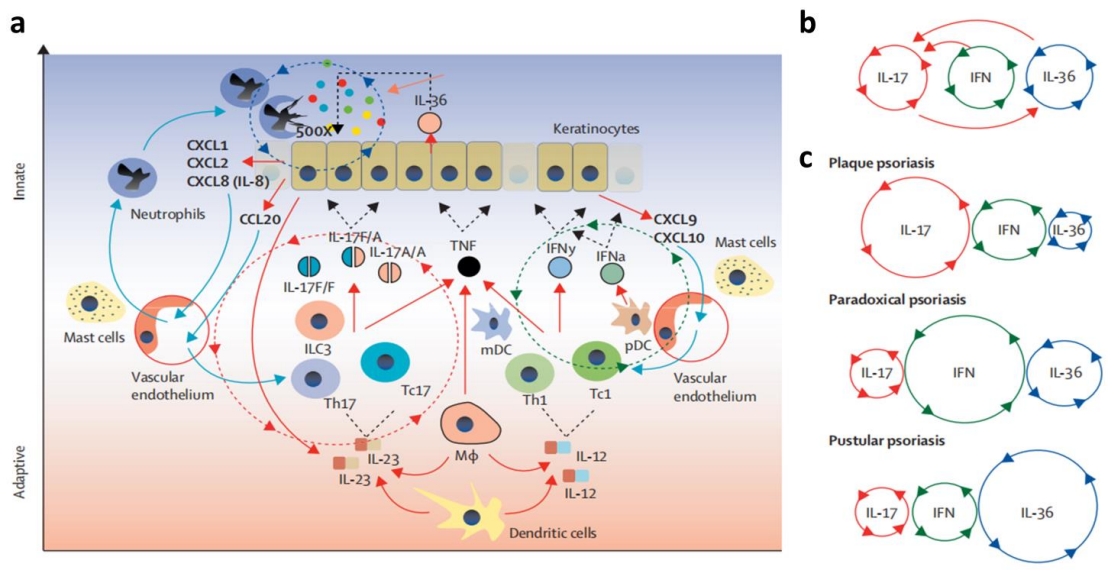
Asia Pacific Academy of Science Pte. Ltd. (APACSCI) specializes in international journal publishing. APACSCI adopts the open access publishing model and provides an important communication bridge for academic groups whose interest fields include engineering, technology, medicine, computer, mathematics, agriculture and forestry, and environment.

EVALUATION OF ACCURACY OF BONE CUTS AND IMPLANT POSITIONING IN TOTAL KNEE ARTHROPLASTY USING PATIENT SPECIFIC INSTRUMENTATION
Vol 31, Issue 4S1, 2017
Abstract
In the last years new surgical techniques are developing to improve prosthesis positioning,increasing clinical and functional results and reducing invasiveness. In this scenario patient-specificinstrumentations have been introduced in order to enhance surgical accuracy and ease of implantation.The purpose of this study was to assess the compliance of the pre-operative planning data with boneresections measured intraoperatively and to evaluate prosthesis positioning in patients undergoingtotal knee arthroplasty (TKA) using an MRI-based pin-guides instrumentation. Thirty consecutivepatients (20 women and 10 men) undergoing 30 total knee replacements (20 right- and 10 left-sidedknees) were included in this study. The same cemented cruciate ligament sacrificing prosthesis (NexGenLPS, Zimmer, Warsaw, Indiana, USA) was implanted in all patients by a single surgeon using Patient-Specific Instruments (PSI, Zimmer, Warsaw, Indiana, USA). Femoral and tibial bone resections weremeasured using a manual caliper intra-operatively and compared with the corresponding pre-operativevalues. Each patient underwent A CT examination following surgery in order to investigate individualcomponent positioning. None of the cases was converted from PSI technique to conventional TKA andadequate femoral and tibial bone cuts were performed without the need for intraoperative adjustments.Two outliers were detected among the intra-operative bone cuts measurements. In all patients the size offemoral and tibial prosthetic components, hypothesized at preoperative planning, was confirmed intraoperatively.Two outliers were detected among post-operative CT measurements as for componentspositioning. PSI system can assist in obtaining good component positioning with reduction of outliers.Despite the small number of patients, our data demonstrate the validity of this patient-specific pin-guidessystem in TKA and may support repeatable improvements in surgical accuracy. Level of evidence: IV.
Keywords
References
Supporting Agencies
Copyright (c) 2017

This site is licensed under a Creative Commons Attribution 4.0 International License (CC BY 4.0).

Medical Genetics, University of Torino Medical School, Italy

Department of Biomedical, Surgical and Dental Sciences, University of Milan, Italy

